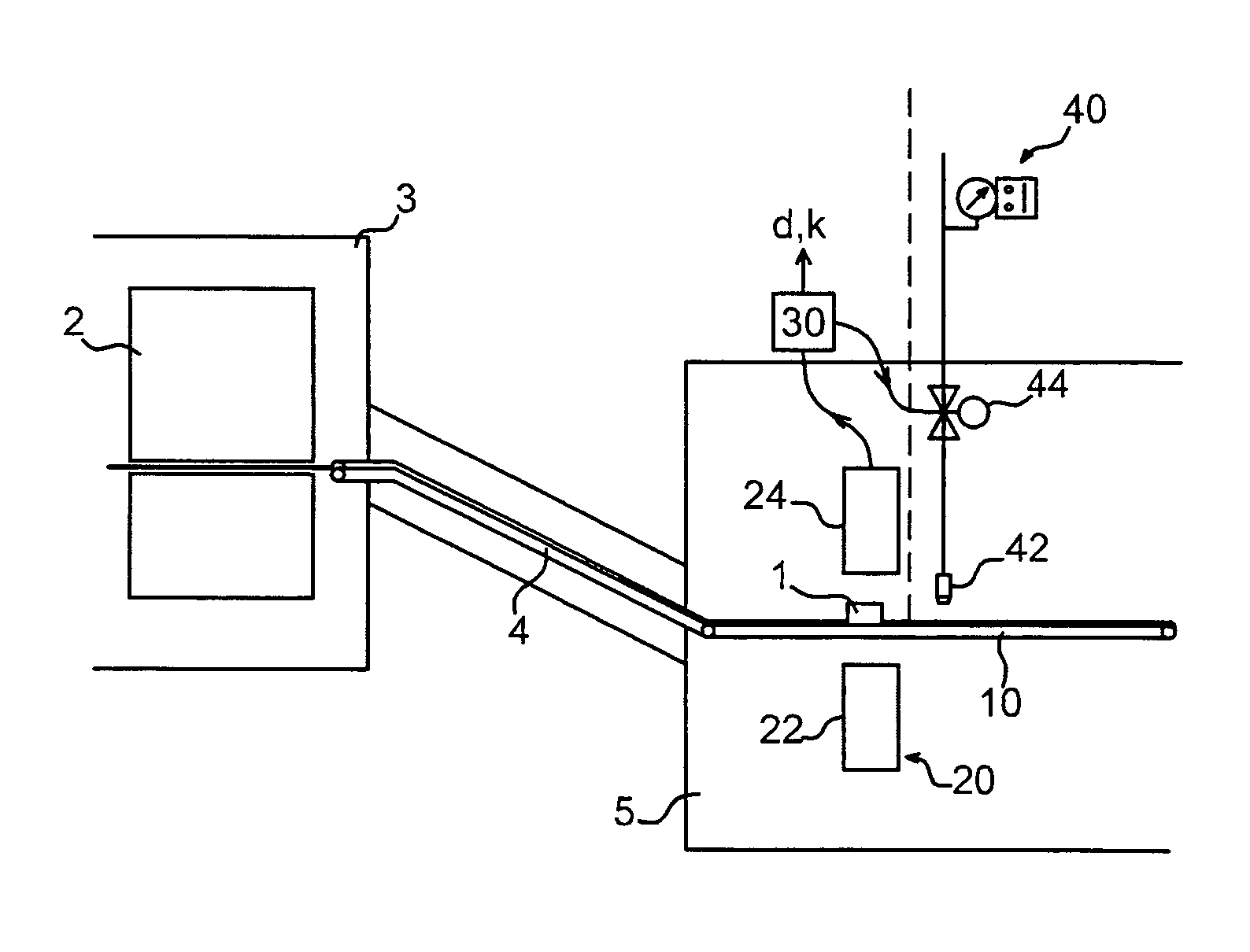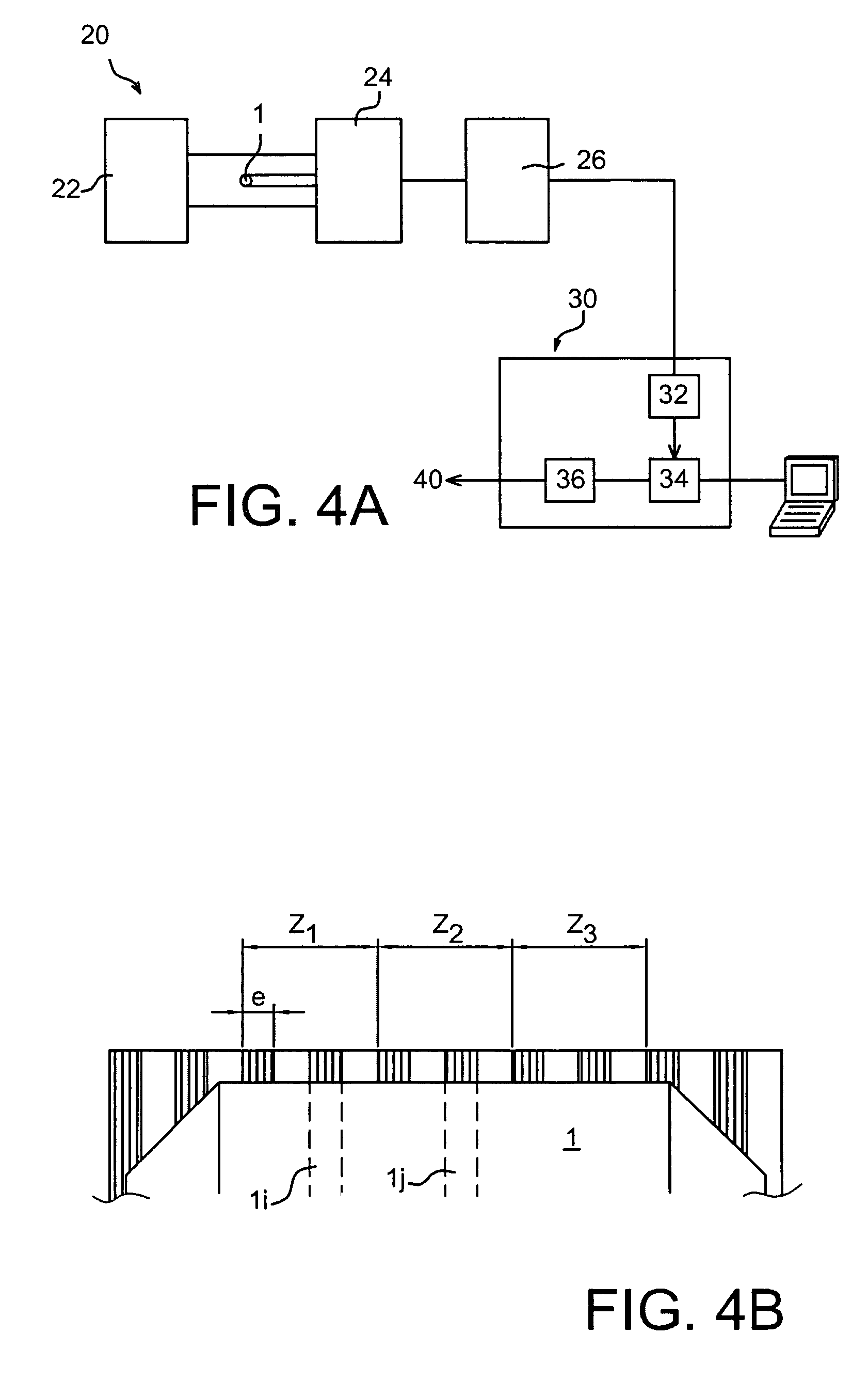Pellet sorting by diameter measurement
a technology of diameter measurement and pellet, which is applied in the direction of instruments, greenhouse gas reduction, optical radiation measurement, etc., can solve the problems of cumbersome application of equipment, complicated application of ejection means, and difficulty in handling
- Summary
- Abstract
- Description
- Claims
- Application Information
AI Technical Summary
Benefits of technology
Problems solved by technology
Method used
Image
Examples
Embodiment Construction
[0024]The inspecting and sorting according to the invention preferably occurs at the end of the method for producing nuclear fuel pellets. This particular application generates additional constraints inherent to the material of the objects to be sorted: nuclear fuel pellets are throughout their production method, handled in a sealed enclosure or glove box, comprising a plurality of modules for each step connected with each other through airlock systems, the pellets being displaced by conveyors. This embodiment is however only illustrative, and it is possible to use the method and the device according to the invention upstream from this step, or on other continuously conveyed cylindrical samples.
[0025]A particular application example will be described for pellets, for example of the MOX type comprising a mixture of PuO2 and UO2, the shape of which is schematized in FIG. 1: the pellets 1 are generally cylindrical with an AA axis, a diameter d comprised between 8 and 10.5 mm, and lengt...
PUM
 Login to View More
Login to View More Abstract
Description
Claims
Application Information
 Login to View More
Login to View More - R&D
- Intellectual Property
- Life Sciences
- Materials
- Tech Scout
- Unparalleled Data Quality
- Higher Quality Content
- 60% Fewer Hallucinations
Browse by: Latest US Patents, China's latest patents, Technical Efficacy Thesaurus, Application Domain, Technology Topic, Popular Technical Reports.
© 2025 PatSnap. All rights reserved.Legal|Privacy policy|Modern Slavery Act Transparency Statement|Sitemap|About US| Contact US: help@patsnap.com



